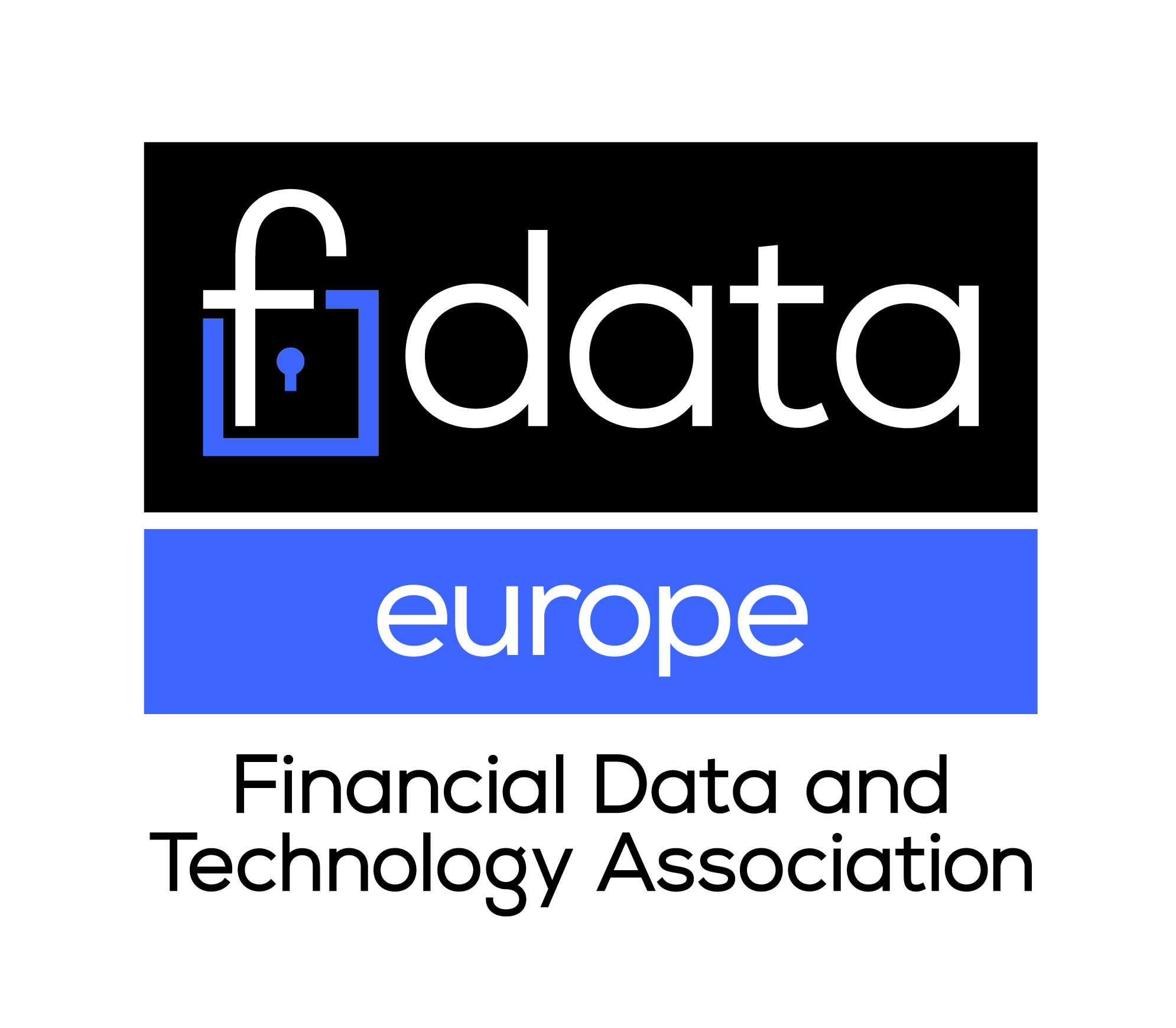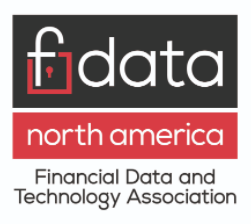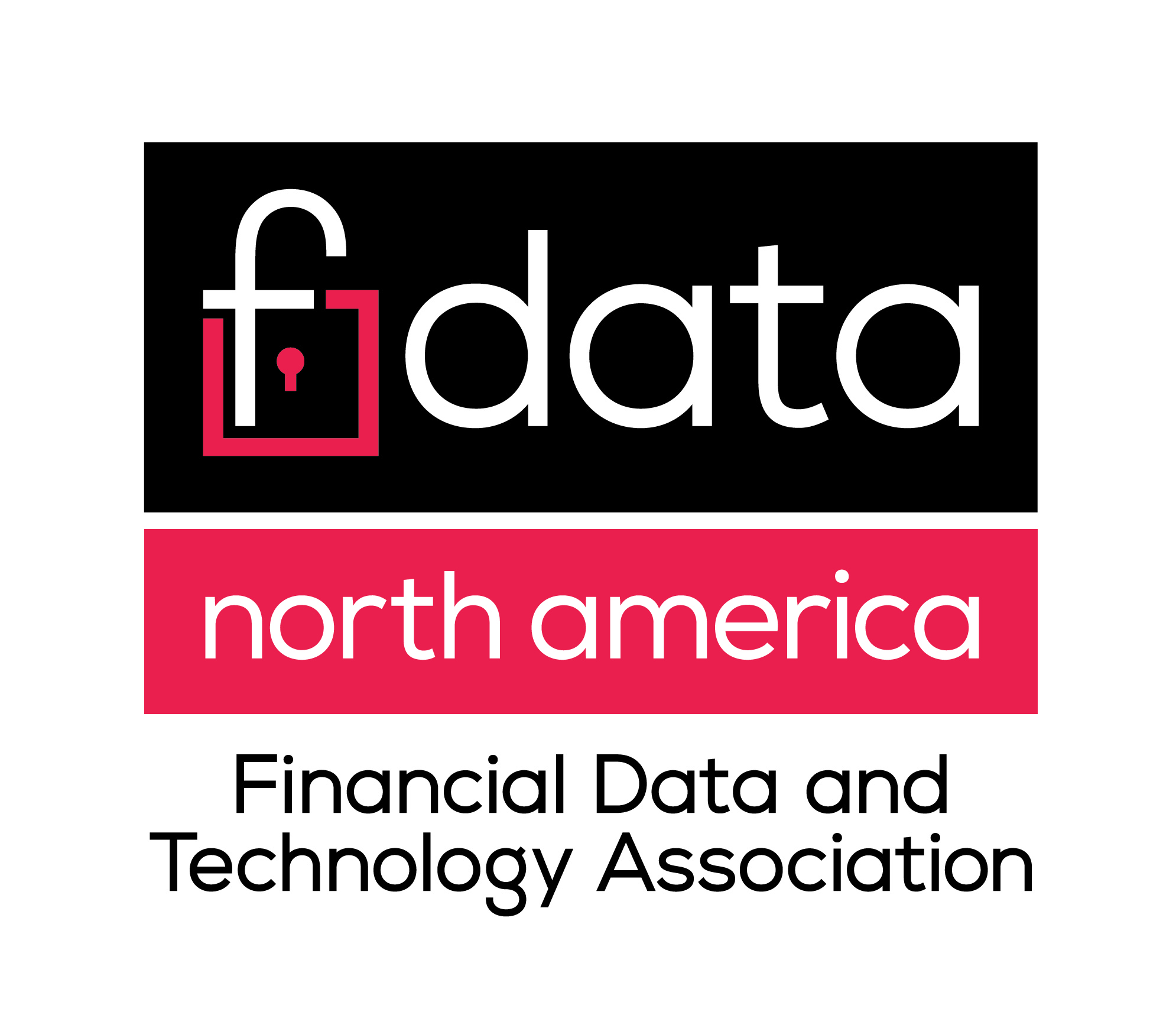Member Spotlight: Marble

To win a game of marbles, a player must hit a series of targets. That same goal can be applied to improving a person’s financial standing — which is how FDATA member company Marble got its name. Marbles’ proprietary MyMarble platform utilizes the power of machine learning, data science, and artificial intelligence, in leveraging its proven data-driven strategies through technology solutions Inverite, Point Deduction Technology®, Fast-Track and Learn. MyMarble utilizes scientific, algorithmic, and mathematical software that is based on rigorous banking and credit weighted algorithms, that analyzes data to identify where the impacts are placed on a credit files and banking history. This helps consumer engage in and navigate a clear path towards financial wellbeing and a meaningful credit score.
The core success to the MyMarble platform derives from its open banking and data collection strategy through the utilization of Inverite and Score Navigator’s Point Deduction Technology®. Inverite boasts connectivity to 288 Financial Institutions’ access points which is 15X greater than its closest competitor in Canada. Inverite also has the highest (99% vs 93%) implied consumer coverage and the fastest processing time by a factor of two over its competition. Its leading AI-based model Risk Score is trained from millions of banking verification requests and loan outcomes. Inverite has an international presence with coverage of FI’s in the South American market and will continue to expand its AI offering as Marble expands into other global markets.
How does Marble work in practice?
As Marble member Rich explained, the first step is expanding access to vital financial services platforms. Rich was looking for a program to help manage his debts, but most he found had a minimum credit score requirement to even apply. Rich joined Marble’s Premium program on May 30, 2020. He closely followed Marble’s monthly recommendations on when he should pay off certain debts and how much he should be put towards those debts. He also used the company’s simulators to determine what targets he needed to hit to reach his goal credit score. Within nine months, Ryan’s score increased from 480 to 663, a gain of 183 points.
In 2021, Marble launched two new initiatives that will help it serve even more Canadians.
In May, Marble launched GIC Savings Loans with Jenson Graf Risk Management Inc. The partnership will give Jenson Graf a progressive software solution that will automate its GIC Savings Loan application and approval process.
In June, Marble announced it’s new API solution Marble Connect. This revolutionary B2B product utilizes detailed risk assessment, consumer financial data, and a fully functional business & consumer portal. Marble Connect offers Canadian businesses a new turnkey marketing, education, and products solution for the broader audience of consumers looking to execute on more future business to connect through Marble’s financial fitness platform, MyMarble.
What sort of promise does open banking and customer-directed finance hold for Canadians? As Marble Financial CEO Karim Nanji has said, “The amalgamation of customer data provides an opportunity for Marble to offer and deliver more efficient processing and approvals of credit solutions. Ultimately, we collect the customers goals which along with the consolidation of financial data creates an opportunity for us and our partners to access this information to provide new services and more robust solutions in the areas of personal finance, money management including savings, investment, tax and insurance.”
FDATA North America Congratulates Chopra on Confirmation, Calls for Speedy Action on Open Finance Regulation
Contact: Kerrie Rushton, (202) 365-6338, [email protected]
September 30, 2021, Washington, DC – The Financial Data and Technology Association (FDATA) of North America today issued a statement following the successful Senate confirmation for Rohit Chopra to be director of the Consumer Financial Protection Bureau:
“We congratulate Mr. Chopra on his confirmation and are eager to work with him and CFPB staff to advance an open finance regime in the United States. Section 1033 of the Dodd-Frank Wall Street Reform and Consumer Protection Act authorizes the CFPB to establish by regulation a consumer financial services data right in the United States. The Obama administration recognized a customer’s inherent right to their financial data, and so did the Trump administration. President Biden’s recent competition executive order similarly called for the CFPB to quickly issue a regulation honoring Section 1033. Now that Chopra is confirmed, that work can — and must — move forward.
“With nations across the world moving toward open banking, U.S. policymakers must work quickly to implement a customer-centric, 21st century financial services marketplace that boosts competition, better protects consumers, and helps improve financial inclusion.”
ABOUT FDATA NORTH AMERICA
FDATA was heavily involved in the UK Open Banking Working Group in 2015. In 2016, the working group’s output was published by Her Majesty’s Treasury as the Open Banking Standard. FDATA North America was founded in early 2018. Its members collectively provide tens of millions of consumers in Canada, the United States and Mexico with aggregation-based tools to better manage their finances.
Members include air (Alliance for Innovative Regulation), APImetrics, Basis Theory, Betterment, BillGo, Codat, Direct ID, Envestnet Yodlee, EQ Bank, Experian, Fiserv, Flinks, Interac, Intuit, Inverite, Kabbage, Mogo, Morningstsar, M Science, MX, Petal, Plaid, Questrade, Rocket Mortgage, SaltEdge, Trustly, ValidiFI, VoPay, Wealthica, Xero, and others.
FDATA North America Submits Comments to US House Consumer Protection Subcommittee on the Future of Banking
September 29, 2021, Washington, DC – Today, FDATA North America submitted a letter for the record for the U.S. House Financial Services Committee’s Subcommittee on Consumer Protection and Financial Institutions hearing “The Future of Banking: How Consolidation, Nonbank Competition, and Technology are Reshaping the Banking System.” The letter outlines FDATA North America’s mission to advocate for a financial ecosystem in which the end user has complete utility of their financial data.
Throughout the letter, FDATA North America Executive Director Steve Boms highlighted the steps necessary for the Consumer Financial Protection Bureau (CFPB) to promulgate, by rule, a customer financial data right that will spur greater financial services innovation and competition as well as improve consumer financial access and inclusion and the importance of the subcommittee in . “As the CFPB works to promulgate a proposed rule under Section 1033 of the Dodd-Frank Act to improve competition in the financial services system, we hope that the subcommittee will continue to examine this vitally important space and encourage the Bureau to use its statutory authority to create a customer-centric, safe, competitive, and secure open finance system in the United States,” Boms stated.
To accomplish the goal of leveling the playing field for consumers and small businesses, expanding financial access and inclusion, improving competition in the financial services marketplace and, on a global level, ensuring that the United States’ financial services system remains competitive internationally, FDATA North America outlined its recommendations to the Bureau that it utilize its Section 1033 authority to issue a rule that adheres to five key principles:
- Create a legally binding customer financial data right;
- Define and clear enumerate the limited circumstances in which custodians of financial data may override customer consent;
- Supervise financial data aggregation firms;
- Coordinate with the prudential regulators on Regulation E modernization; and
- Recognize the need to permit current and legacy technology
Boms noted that the combination of these principles “would provide consumers and small businesses with safe, secure access to their financial data and, by extension, to critically important financial applications and tools that can meaningfully improve their financial wellbeing.”
![]() FDATA North America Letter for the Record on the Future of Banking
FDATA North America Letter for the Record on the Future of Banking
ABOUT FDATA NORTH AMERICA
FDATA was heavily involved in the UK Open Banking Working Group in 2015. In 2016, the working group’s output was published by Her Majesty’s Treasury as the Open Banking Standard. FDATA North America was founded in early 2018. Its members collectively provide tens of millions of consumers in Canada, the United States, and Mexico with aggregation-based tools to better manage their finances.
Members include air (Alliance for Innovative Regulation), APImetrics, Basis Theory, Betterment, BillGo, Codat, Direct ID, Envestnet Yodlee, Equitable Bank, Experian, Fiserv, Flinks, Interac, Intuit, Inverite, Kabbage, Mogo, Morningstsar, M Science, MX, Petal, Plaid, Questrade, Rocket Mortgage, SaltEdge, Trustly, ValidiFI, VoPay, Wealthica, Xero, and others.
FDATA North America Submits Comments to US Financial Regulators’ Request for Comment on Managing Risks Associated with Third-Party Relationships
September 23, 2021, Washington, DC – Today, the Financial Data and Technology Association (FDATA) of North America submitted comments to the US financial regulators as part of their proposed interagency guidance and request for comment on managing risks associated with third party relationships. The Federal Reserve, Federal Deposit Insurance Corporation (FDIC), and Office of the Comptroller of the Currency (OCC) sought comments on proposed guidance on sound risk management principles for banking organizations to consider in developing risk management practices for third-party relationships. In its response, FDATA North America expressed that streamlining the ability for banks to partner with third-party providers will be critical to the survival of small and community banks in the United States and to the financial wellness of their customers.
Throughout the submission, FDATA North America Executive Director Steve Boms discussed the scope, tailored approach, and information security around these relationships from the perspective of the aggregation and fintech community. “Though the proposed guidance is directed toward insured depository institutions, it directly impacts third-party providers which [FDATA North America] represents and, by extension their customers,” Boms stated.
Additionally, Boms discussed concern that the OCC’s 2020 FAQs on third-party risk management guidance have increased the complexity of bilateral data access agreement negotiations, thus creating an environment in which “the largest financial institutions are in a position of increased control over whether and how their customers will have the ability so share access to their financial data.” Therefore, Boms expressed that a solution to this problem would be to remove the interpretive role banks play today in this space through the creation of a regulatory structure in which prudential regulators “supervise and retain full responsibility for interactions only between banks and data aggregators,” while the Consumer Financial Protection Bureau (CFPB), upon finalization of a rule under Section 1033 of the Dodd-Frank Act, “is similarly responsible for supervising the relationship between data aggregators and third-party providers, and by extension, the end users.” Doing so, Boms stated, would eliminate the “legal grey area” which is currently stifling the growth and innovation of third-party financial tools to the detriment of US consumers.
FDATA North America urged the agencies to embrace the letter and spirit of the July 2021 Executive Order on promoting competition in the American economy and ensure that any policy changes resulting from the development of this guidance do not interfere with the goals set out in the Order.
ABOUT FDATA NORTH AMERICA
FDATA was heavily involved in the UK Open Banking Working Group in 2015. In 2016, the working group’s output was published by Her Majesty’s Treasury as the Open Banking Standard. FDATA North America was founded in early 2018. Its members collectively provide tens of millions of consumers in Canada, the United States and Mexico with aggregation-based tools to better manage their finances.
Members include air (Alliance for Innovative Regulation), APImetrics, Basis Theory, Betterment, BillGo, Codat, Direct ID, Envestnet Yodlee, EQ Bank, Experian, Fiserv, Flinks, Interac, Intuit, Inverite, Kabbage, Mogo, Morningstsar, M Science, MX, Petal, Plaid, Questrade, Rocket Mortgage, SaltEdge, Trustly, ValidiFI, VoPay, Wealthica, Xero, and others.
FDATA North America Submits Comments to House Fintech Task Force on Data Access
September 20, 2021, Washington, DC – Today, FDATA North America submitted a letter for the record for the U.S. House Financial Services Committee’s Task Force on Financial Technology’s hearing “Preserving the Right of Consumers to Access Personal Financial Data.” The letter outlines FDATA North America’s mission to advocate for a financial ecosystem in which the end user has complete utility of their financial data.
Throughout the letter, FDATA North America Executive Director Steve Boms discussed the importance of the Consumer Financial Protection Bureau (CFPB) utilizing the authority vested in it under Section 1033 of the Dodd-Frank Wall Street Reform and Consumer Protection Act to promulgate, by rule, a consumer financial data right that will spur greater financial access and inclusion. “FDATA North America has been encouraged by two important developments” that advance Section 1033, including:
- The issuance of an advance notice of proposed rulemaking by the [Consumer Financial Protection] Bureau (CFPB) pertaining to consumer access to financial records late last year; and
- Inclusion in President Joe Biden’s July 2021 Executive Order on Promoting Competition in the American Economy language that encourages the CFPB to consider “commencing or continuing a rulemaking under section 1033 to facilitate the portability
Promulgation of Section 1033, Boms stated, comes at a critical moment whereby countries around the world are quickly embracing the notion that the customer should be in control of their own financial data. “The status quo, under which financial institutions continuously exercise control over their customers’ data, provides little benefit to the consumer or small business,” Boms noted. Additionally, innovation and competition in the financial services marketplace are stifled under the current environment that is controlled by commercial interests, prohibits the move to a modernized customer-centric, safe and secure open finance system in the United States.
![]() FDATA North America Letter for the Record on Data Access
FDATA North America Letter for the Record on Data Access
ABOUT FDATA NORTH AMERICA
FDATA was heavily involved in the UK Open Banking Working Group in 2015. In 2016, the working group’s output was published by Her Majesty’s Treasury as the Open Banking Standard. FDATA North America was founded in early 2018. Its members collectively provide tens of millions of consumers in Canada, the United States, and Mexico with aggregation-based tools to better manage their finances.
Members include air (Alliance for Innovative Regulation), APImetrics, Basis Theory, Betterment, BillGo, Codat, Direct ID, Envestnet Yodlee, Equitable Bank, Experian, Fiserv, Flinks, Interac, Intuit, Inverite, Kabbage, Mogo, Morningstsar, M Science, MX, Petal, Plaid, Questrade, Rocket Mortgage, SaltEdge, Trustly, ValidiFI, VoPay, Wealthica, Xero, and others.
Member Spotlight: Interac

In 1984, Canada’s top financial institutions came together to create Interac Association, a cooperative venture dedicated to giving Canadians broader access to their money through a single shared network. Twelve years later, eight of the founding institutions created Acxsys Corporation, a new entity that would develop new business partnerships and services for financial transfer, online payments, and international services.
To better fund innovation and reduce certain business, operating and legal complexities, the two entities reorganized in 2018 to form Interac Corp. Today, Interac is one of the most trusted financial service brands in Canada, operating an economical, world-class debit payments system with broad-based acceptance, reliability, security, and efficiency, helping more than 30 million Canadians families and businesses feel more in control of their money.
The Interac team are natural collaborators. They know that the benefits of co-operation outweigh the risks of fragmentation. The diversity of thought that exists when companies (and even competitors) come together produces better outcomes and solutions. Interac is a proud member of FDATA North America and is actively working with industry and government colleagues across the ecosystem to explore open banking solutions for Canadians.
The financial services company’s Innovation Lab and New Ventures team has a mandate to look ahead at the company’s three plus year horizon for new innovations. They research, develop strategies and pilot new solutions before taking them to market.
A foundational requirement of emerging solutions is to build consumer trust. Canadians need to trust that new technology is not only secure, but that it will provide meaningful benefits in their lives. A recent Interac survey found being in control of their financial data is important to 90 per cent of respondents, and more than half said a new financial data sharing option will “greatly benefit” Canadian consumers.
At Interac, leaders share in this optimism for open banking to support consumer needs and they are committed to collaborating with financial institutions and fintech companies and serving as a bridge for the ecosystem. The team sees great promise for Canada’s future open banking framework to enable the development of data-driven products and services that will increase access to affordable solutions tackling pressing personal and business needs such as debt reduction, benefits processing, financial planning, and the provision of faster loans.
Oscar Roque, VP, Strategy and Emerging Solutions at Interac, sees an opportunity to form a minimum viable ecosystem (MVE) for open banking, grounded in a clear, easy, and transparent consent experience. “Our collective participation in building an MVE will set the stage for data portability and empower Canadians to take control of their data – all for the betterment of our society.”
FDATA North America Submits Comments to Ontario’s Privacy Protection Engagement Consultation
September 3, 2021, Washington, DC – Today, the Financial Data and Technology Association (FDATA) of North America submitted comments to Ontario’s consultation on efforts to strengthen and modernize privacy protections in the province.
In its comments, FDATA North America called on the Ontario government to include a legally binding financial data access and portability right in any forthcoming data protection legislation or regulation. Executive Director Steve Boms pointed to other countries around the world who have provided legally binding data access, privacy, and portability regimes for their citizens and pointed to existing statutory and regulatory protections that work towards achieving this goal. “Ontario, and Canada more broadly, must support the rights of individuals to access and transfer their financial data, through data portability, to keep pace with other international standards that consider this right to be a key feature of a modern privacy regime,” Boms noted.
In order to build an ecosystem in which Ontarians’ financial data is protected while providing for the right to benefit from data access and data portability rights, Boms highlighted the importance of competition and adequate protections for data privacy and security in a data-driven financial services ecosystem. Doing so will deliver lower costs, better services, and better outcomes for consumers’ and small business’ financial outcomes, he stated. Boms noted that approximately four million Canadians already utilize at least one financial technology application which relies on consumer consent and enables them to control which providers they allow to access their data, how their data is being used, and when access to their data is revoked.
Boms concluded by noting that while the federal government moves forward slowly, Ontario can – and should – provide for stronger financial data access rights for its residents more quickly.
ABOUT FDATA NORTH AMERICA
FDATA was heavily involved in the UK Open Banking Working Group in 2015. In 2016, the working group’s output was published by Her Majesty’s Treasury as the Open Banking Standard. FDATA North America was founded in early 2018. Its members collectively provide tens of millions of consumers in Canada, the United States, and Mexico with aggregation-based tools to better manage their finances.
Members include air (Alliance for Innovative Regulation), APImetrics, Basis Theory, Betterment, BillGo, Codat, Direct ID, Envestnet Yodlee, Equitable Bank, Experian, Fiserv, Flinks, Interac, Intuit, Inverite, Kabbage, Marble, Mogo, Morningstsar, M Science, MX, Petal, Plaid, Questrade, Quicken Loans, SaltEdge, Trustly, ValidiFI, VoPay, Wealthica, Xero, and others.






